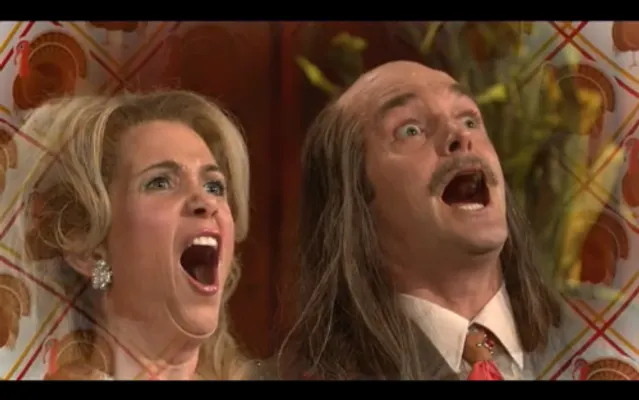
Science Quiz (3)
Oceans/salt water 97.2% Ice caps and glaciers 2.14% Groundwater: soil moisture 0.005% surface water 0.009% Different types of aquifers: confined and unconfined Confined are between nonporous spaces (aquitards) and unconfined have a water table exposed to earth’s atmosphere thru zone of aeration
published on June 07, 2016